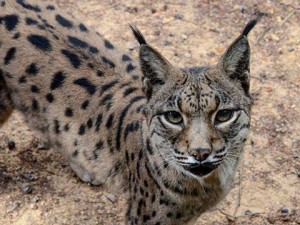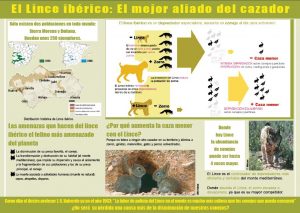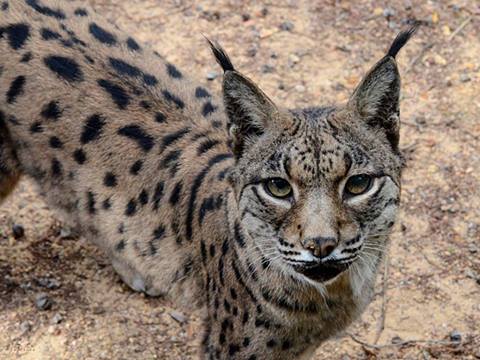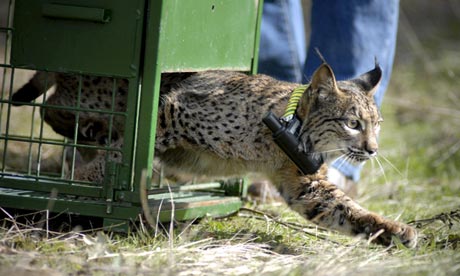 The first example of the Iberian lynx conservation and breeding program “Esperanza” (Hope in English) has died of old age and ill health
The first example of the Iberian lynx conservation and breeding program “Esperanza” (Hope in English) has died of old age and ill health
She was discovered in march 2001 by Miguel Delibes in the Coto del Rey are of Doñana National park with three siblings. One was already dead and another in a critical condition. one young healthy cub was taken to the recovery centre at Zoobotánico Jerez. (presumably leaving the other surviving cub with with her mother?) she was named “Hope” because of the possibility of starting a breeding project to help recover the species and was hand reared at the zoo. When she was 5 months old she was moved to the breeding center of Acebuche close to the town of El Rocio in the Doñana National Park.
From there the success story continued, she was the second female to breed in captivity and had three litters with a total of 5 cubs. She surprised may due to her excellent maternal behavior despite having beed reared by humans with bottled milk and of course the absence of other individuals of her species. In 2009 she was affected by a chronic kidney disease at an advanced stage , later that year she was also diagnosed with a breast tumor that was removed in June 2010.
In November 2010 Hope was retired to Jerez Zoo (one of the breeding centres for the project) as she was no longer viable for the breeding program. For the first time in 2013 the non viable lynx were available for the public to view whilst the viable breeders remained in the off-limits breeding areas. Recently her health deteriorated as a result of old age (she just turned 13) and the last stages of renal failure. Esperanza was moved to a facility away from public viewing and given veterinary care but Yesterday (9th April 2014) and after reaching an advanced state of suffering the decision was made to euthanize her.
During the last 13 years, Hope has been one of the most news covered Iberian lynx and has added a lot to the social and educational awareness of the species. She was the first hand reared lynx and and fairly soon her first cub called “Cynara” will give birth to her own first litter.
Dating back to 2009 with an incredible 63,000 views why not join in at the Iberian lynx topic at the forum. Click here.









